HOW TO MILK A COW PROPERLY & WHY IT MATTERS
Milking a cow is a fundamental skill in dairy farming, ensuring the animal’s health, hygiene, and optimal milk production.
No products in the cart.

Milking a cow is a fundamental skill in dairy farming, ensuring the animal’s health, hygiene, and optimal milk production.
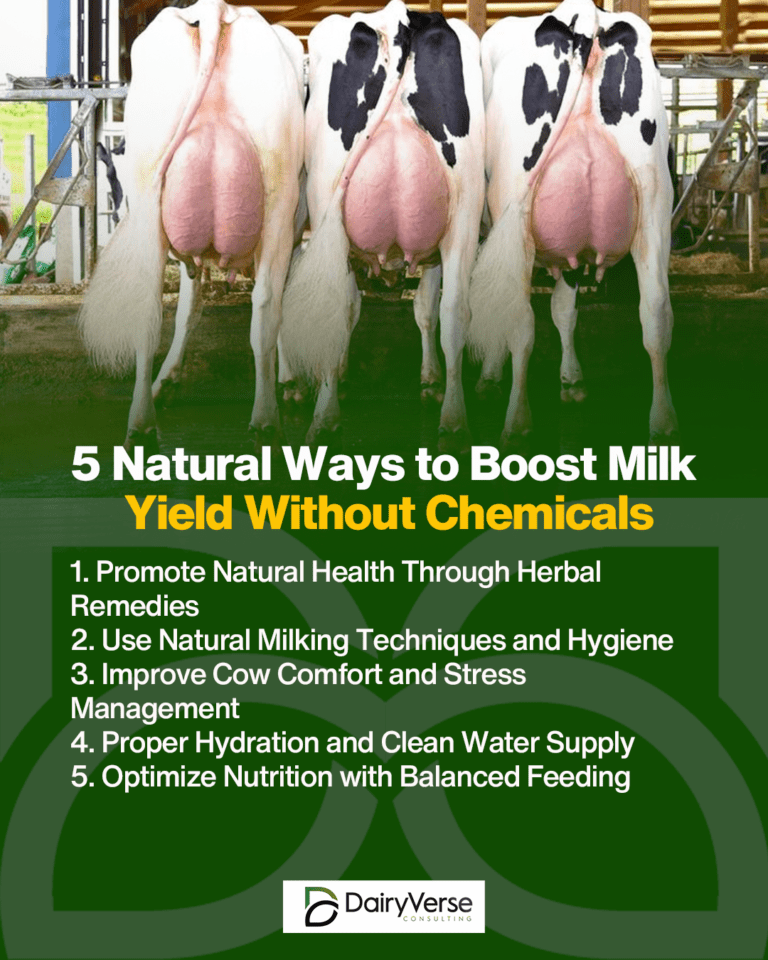
Milk production is the backbone of dairy farming, and increasing yield naturally can lead to healthier cows and better-quality milk.
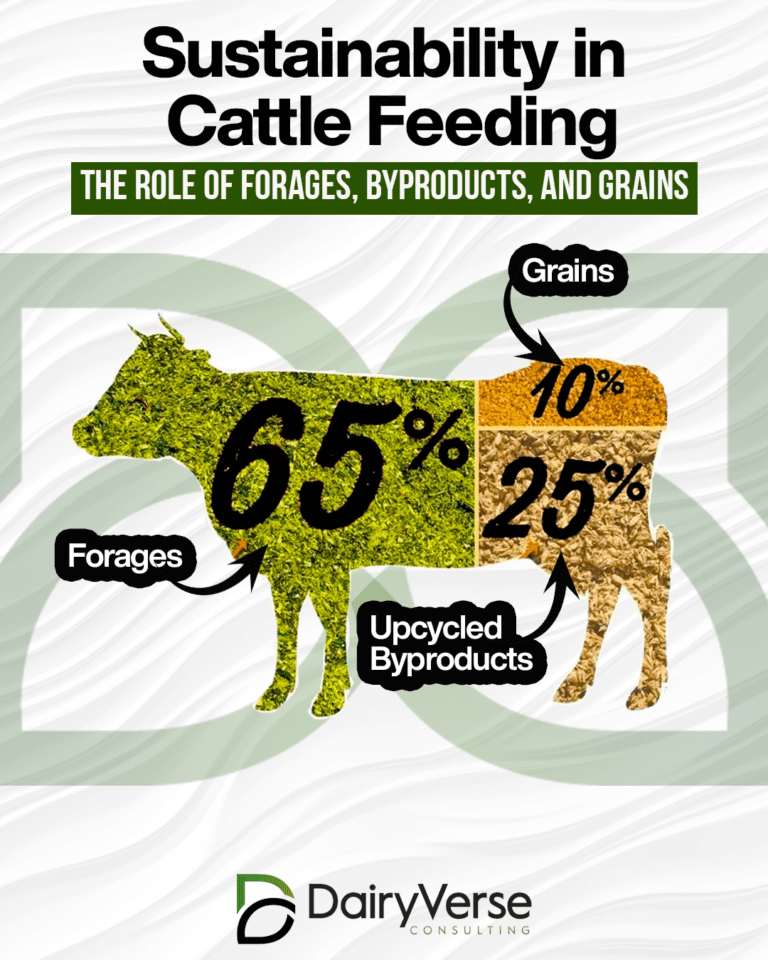
Sustainability in agriculture is a growing concern as the world grapples with environmental challenges, resource limitations, and the need to feed a growing population.
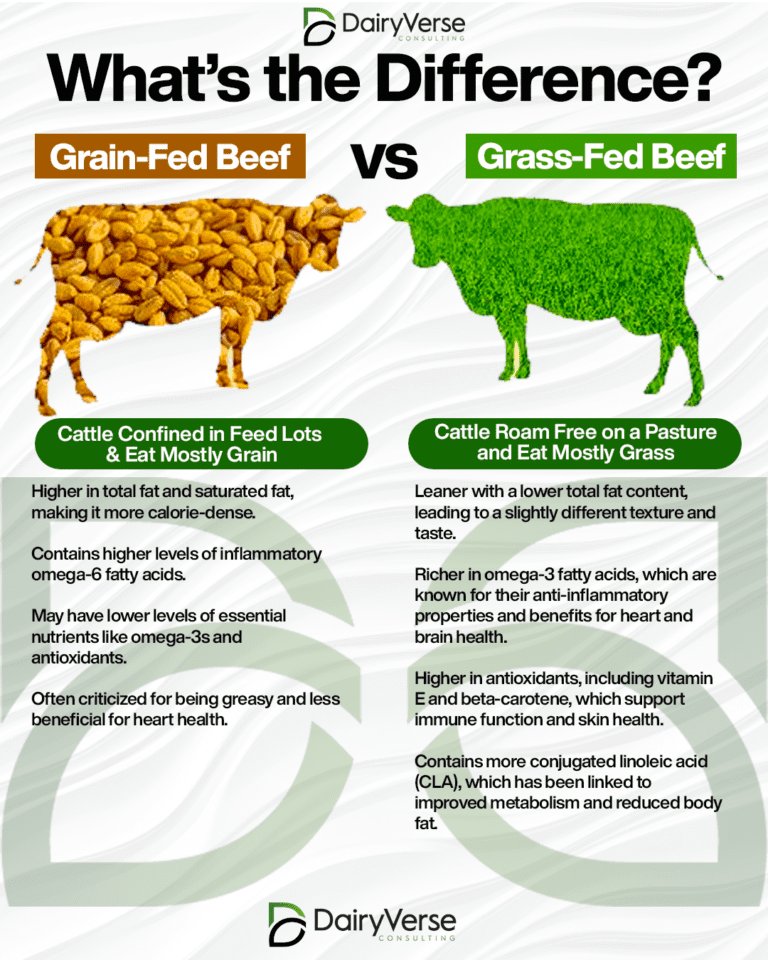
While both types of beef provide protein and essential nutrients, they differ significantly in how the cattle are raised, their nutritional profiles, and their overall effects on human health.
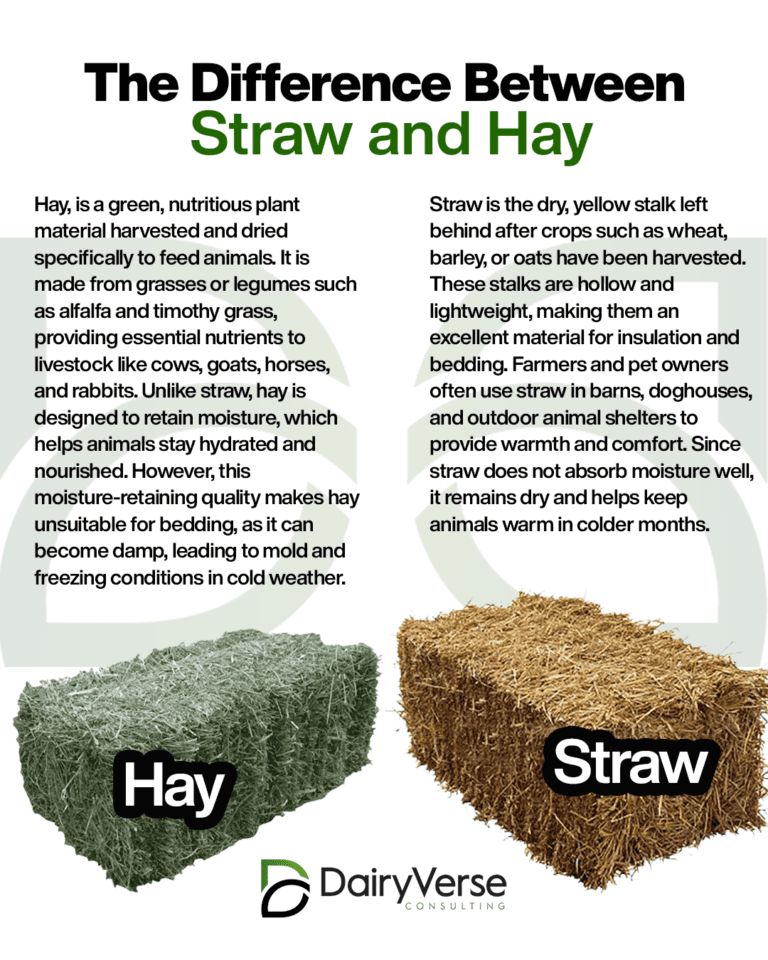
Many people confuse straw and hay, but these two materials serve entirely different purposes in farming and animal care.

Dairy cows require a balanced and nutrient-rich diet to maintain their health, support reproduction, and maximize milk production.

Maintaining a longer lactation period in dairy cows is key to maximizing milk production while ensuring cow health and farm profitability.
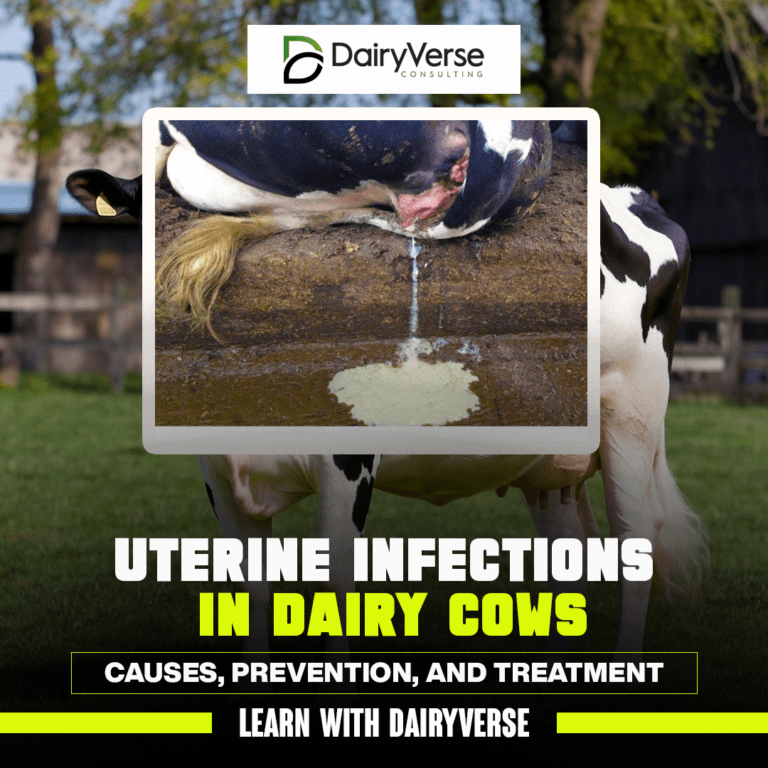
Uterine infections are a significant concern for dairy farmers, as they can adversely impact cow fertility, milk production, and overall herd health. Addressing these infections promptly and effectively is essential to ensure optimal productivity in dairy operations.
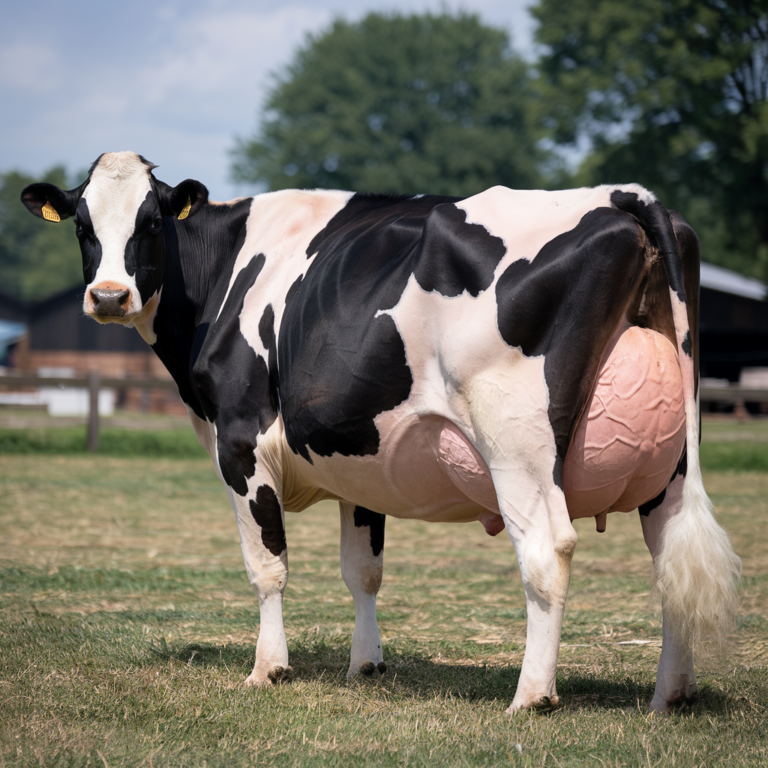
For dairy farmers aiming for optimal milk production, managing the days in milk (DIM) is crucial. DIM refers to the period after calving during which a cow produces milk. The target for an all-year-round calving herd is to maintain an average of 180 days in milk
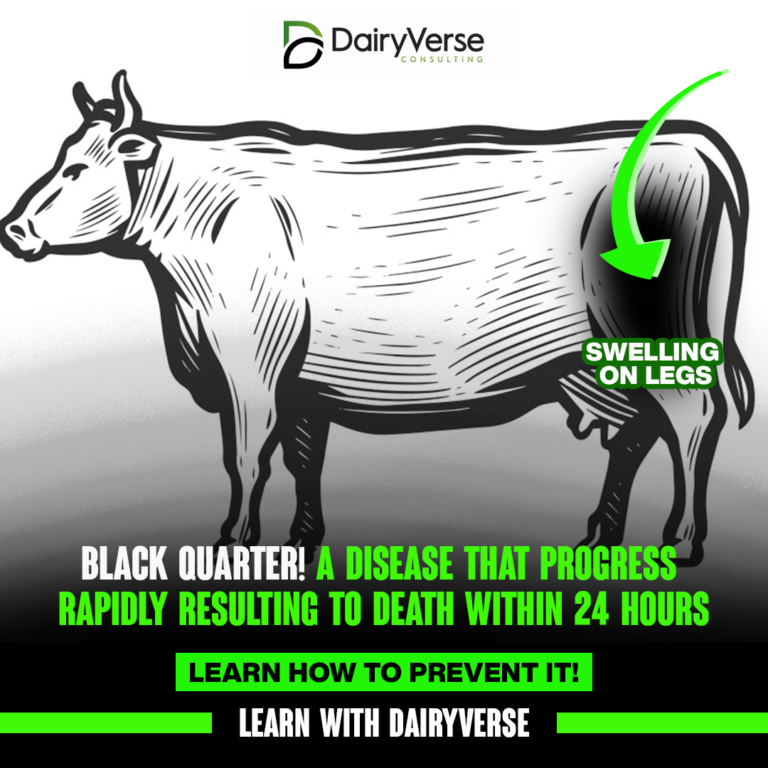
Black Quarter (BQ), also known as Blackleg, is one of the most devastating diseases that can affect cattle. Caused by the bacterium Clostridium chauvoei, this disease is often fatal and requires immediate attention. Understanding its causes, symptoms, prevention, and treatment is essential for cattle farmers to protect their herds.